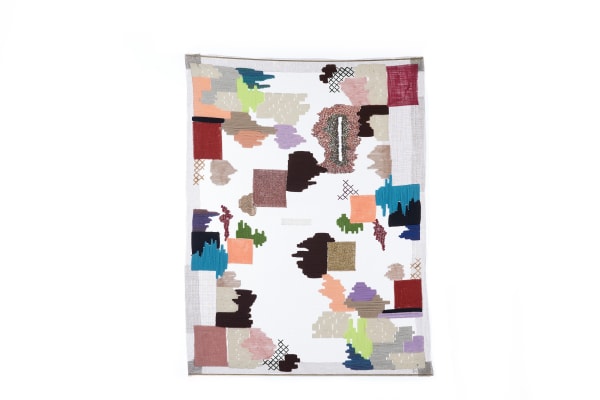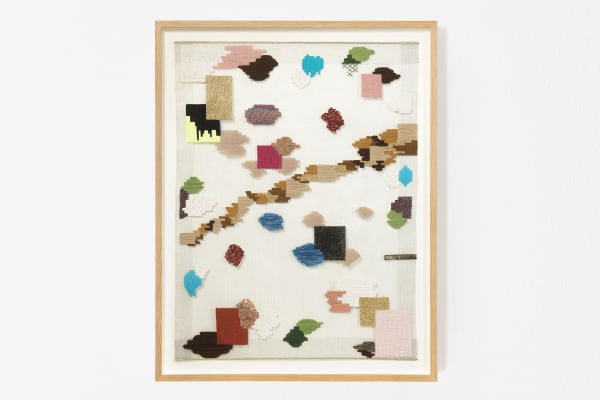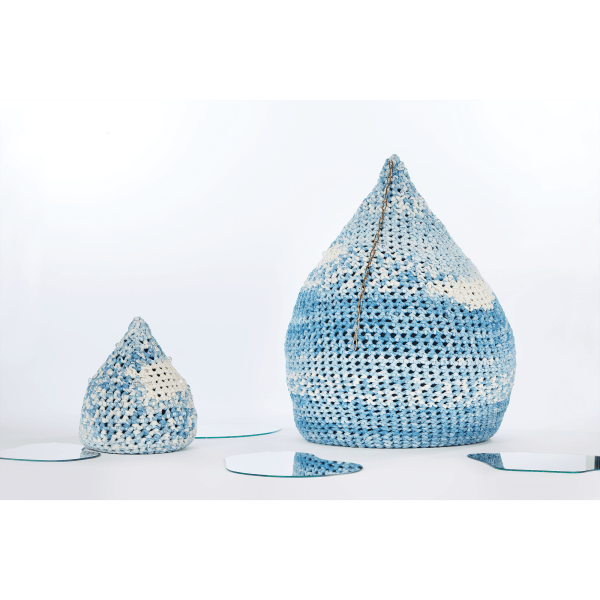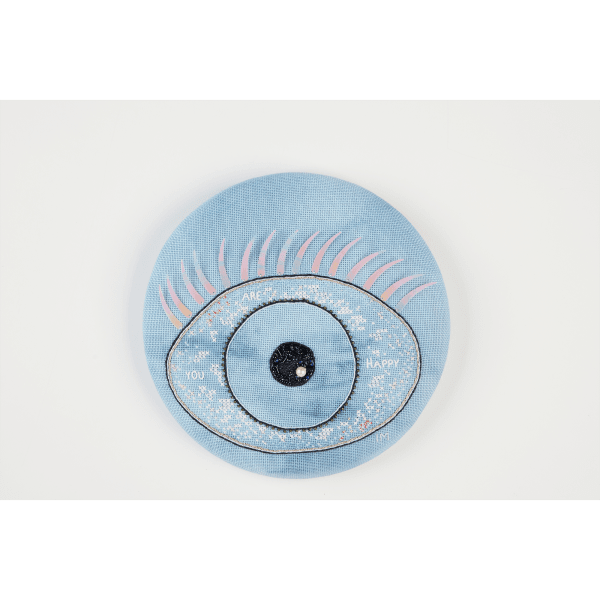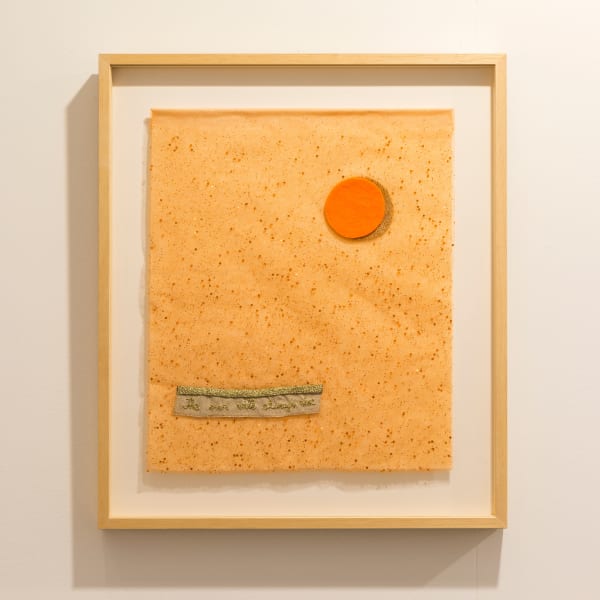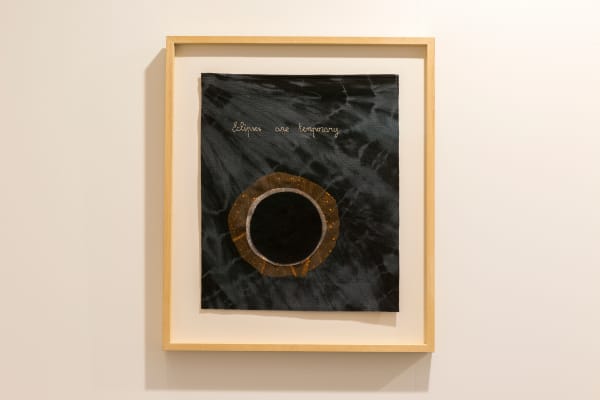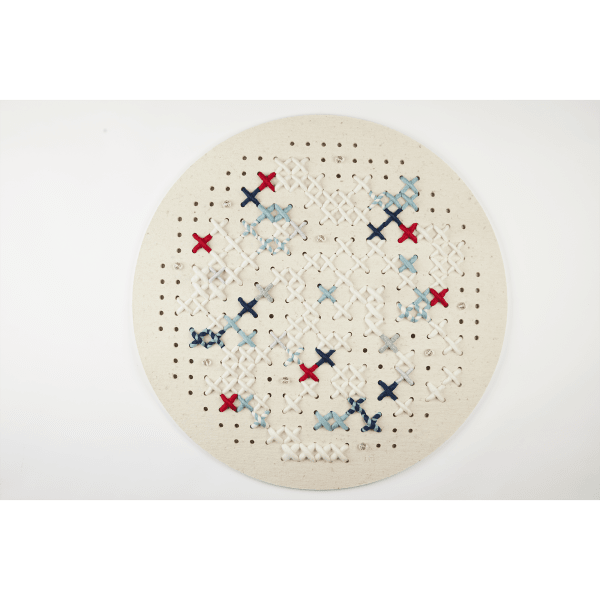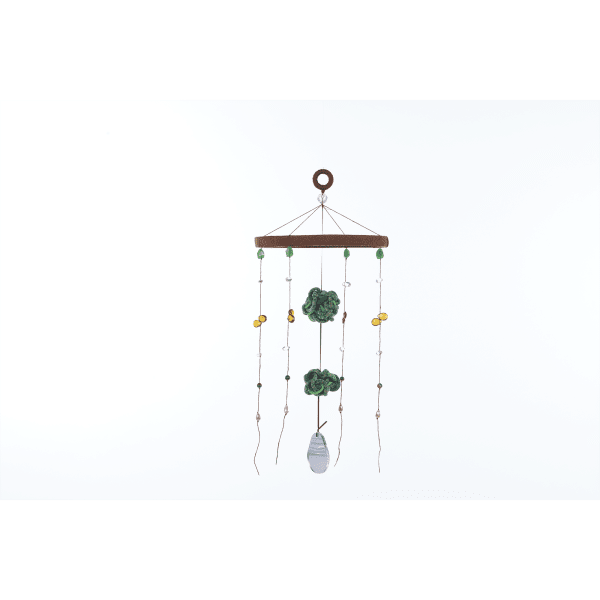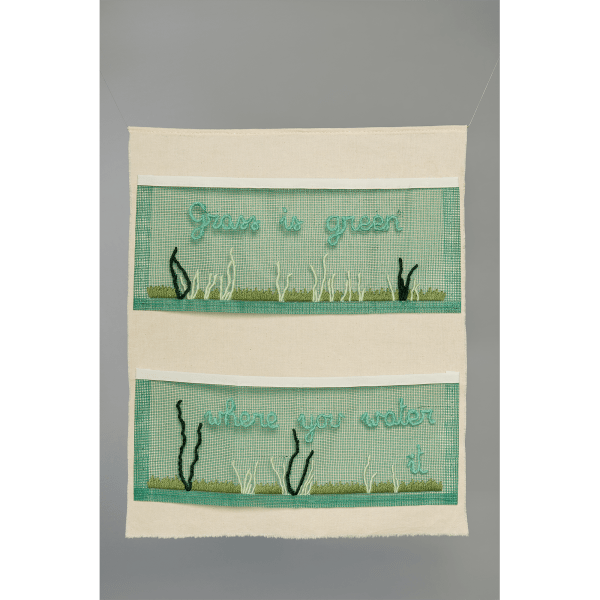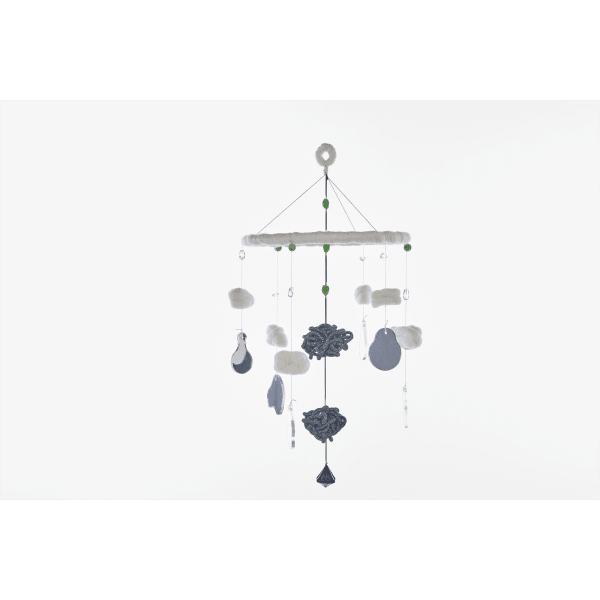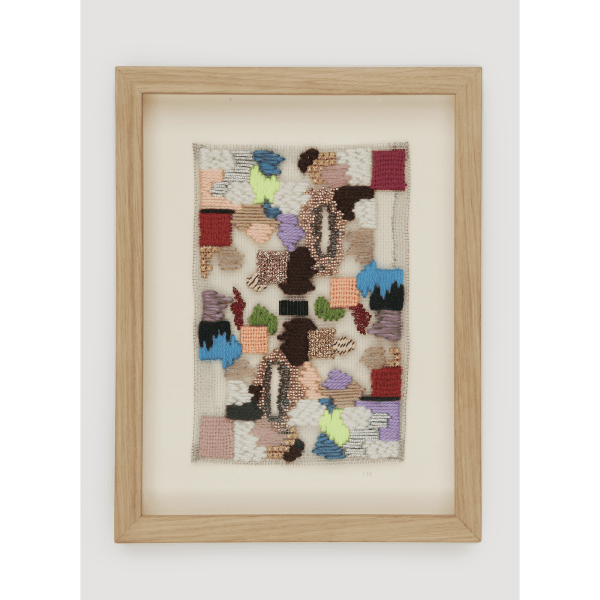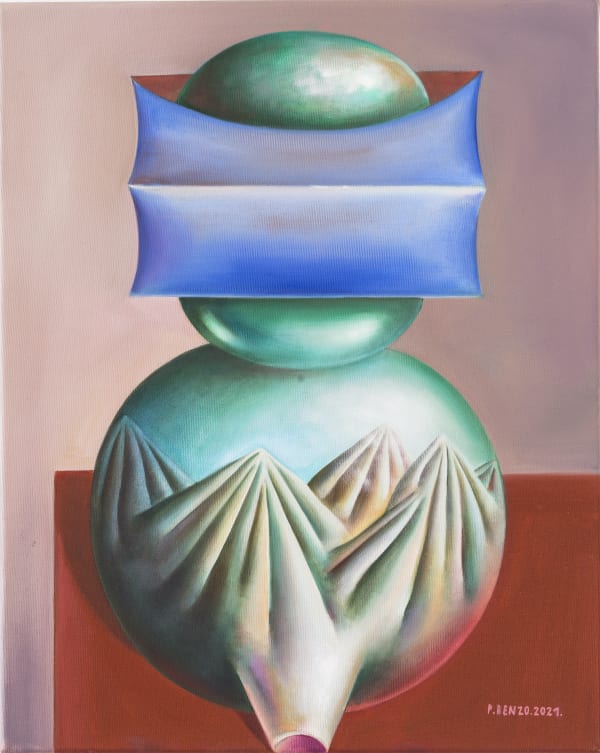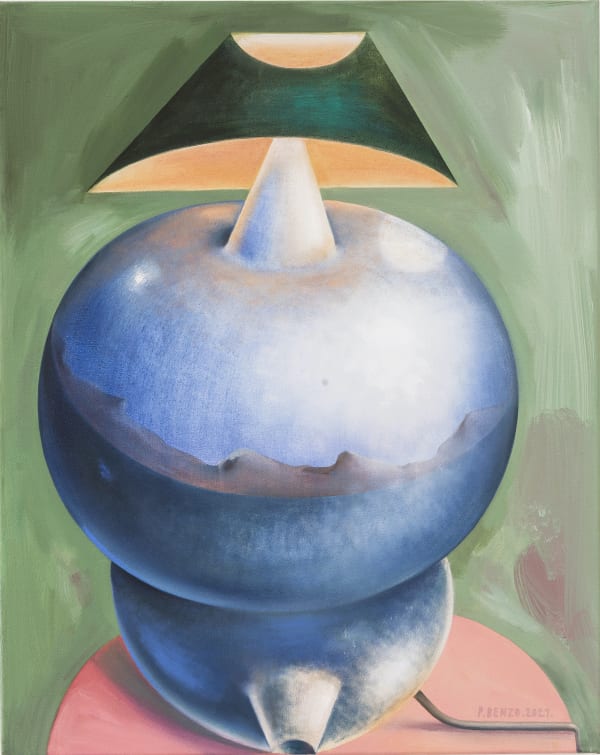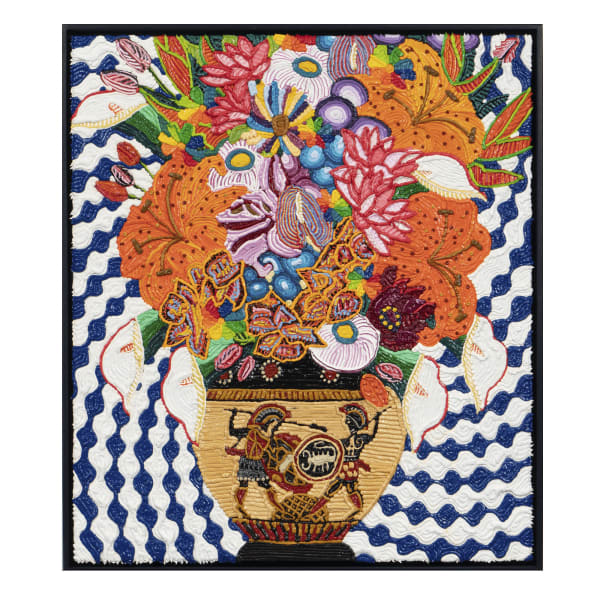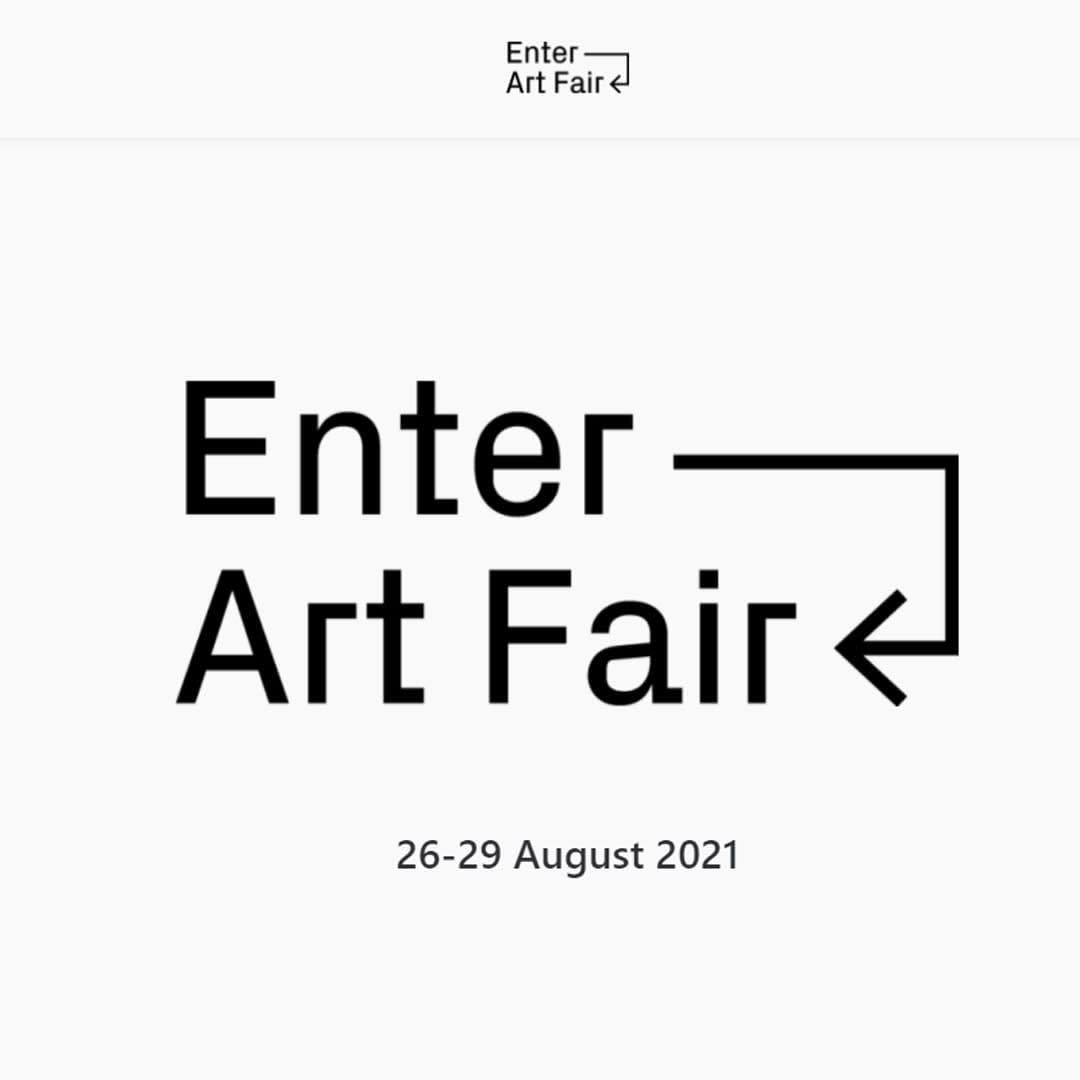 Booth #50
Booth #50
Dio Horia is pleased to present Bedroom Situation (Up in the Air), a new series of works by Athens-based artist Iliodora Margellos. On view at the gallery’s ENTER art fair booth, the body of work will feature a new suite of sculptures accompanied by embroidery works on canvas installed as a large-scale installation and will mark the artist’s first solo exhibition in Copenhagen.
“A body is meant to heal – to self-heal”, says Iliodora Margellos, in relation to her engulfing installation “Bedroom Situation (Up in the Air)”. She speaks about layers, about skin, and how layering “skin after skin after skin” forms the creation process, of a child, a relationship, an artwork. This new installation from Margellos refers to how we experience the self, as a body, a baby, a mother, a generator and regenerator. She does this through an analogue experience of a post digital way of thinking that abstracts and reassembles into hybrid composites. Her individual embroideries have done so, and with this installation she extends the practice to encompass an entire space. In this case the whole she composes is something like ‘a room of the psyche’ in which references to infancy are remixed into a psychological solar system. Layered aspects of place, perception, mothering, and childhood speak to one another across this circular arrangement. This psychic sphere resounds with a sense of comfort and emotion, both immensely personal and aesthetically abstracted, combining the dense absorbent materiality of wool and textiles, with the luminous zing of mirrored glass and sparkling beads. Looking down, any expected references to solid ground are replaced with glinting eyes and fluffy clouds. While sky hangs above, it also sits below, and we find ourselves suspended in an alternative field.
In this bedroom-like space, hung with mobiles and quilts surrounding a glowing lampshade, signifiers of infanthood orbit the centrepiece as Margellos reconstitutes a personal yet universal evocation of private space. In his 1926 text “Point and Line to Plane”, Wassily Kandinsky said the circle is a synthesis of oppositions that “combines the concentric and the eccentric in a single form and in equilibrium”. He goes as far as to say a circle “points most clearly to the fourth dimension”. Otherwise known as spacetime, the fourth dimension is a continuous intersection. “Bedroom Situation (Up in the Air)” represents the gateway to that continuum within each of us as located embodied beings containing multiple moments held in our memories, projections, and personal stories.
The installation relates to “the perpetual role that a personal room, be it a childhood bedroom or Virginia Woolf’s “A Room of One’s Own”, plays in our minds and our lives, perhaps especially as women if we focus in more specifically on rooms in domestic contexts as spaces of intimacy and childcare”, says Margellos. “But I also feel that during these days of coronavirus lockdowns the meaning of the room as a symbolic container has taken on newfound depths”. For her the quarantine experience has challenged the proposition Michel Foucault made in his 1967 lecture “Other Spaces”, that, “we may still not have reached the point of practical desanctification of space… our life is still governed by a certain number of oppositions that remain inviolable… for example between private space and public space, between family space and social space, between cultural space and useful space, between the space of leisure and that of work”. Questioning this, but applying a Foucauldian belief that all these types of space “are still nurtured by the hidden presence of the sacred”, she positions a room as a symbolic framework.
This construction of an interior zone, as manifested in the mind’s eye, is populated by objects that soothe our emotional hurts. Margellos was wrapped in a quilt when given away as a newborn – a quilt that in time got lost. Throughout the show we encounter a series of abstract embroidered compositions in patches woven across fine metal screens, called “I Try To Find You So I Make You”, one free-floating centrepiece and three wall-pieces. Their title renders them not only representations (or recreations) of a sacredly symbolic object, but also poignant maternal signifiers – yet more bodily as the artist dubs them skins; in places stitched cuts glitter, in others sparkling organic shapes bleed across amorphous coloured zones, like little layers growing, the complete whole yet to be formed. Here, a primal wound is outlined in organic-coloured beads, and there, an opening is crusted with red glasswork evocative of scar tissue.
The artist’s early paintings were similarly composed in a sculptural way as assemblages of pieces of painted paper, not overlapped like collage, but side by side to compile new wholes from disordered fragments. Embroidery then became part of her practice during her first pregnancy when she revived the skill her grandmother taught her. Her updated interpretation bears a mathematical aspect in its methodological stitching, which Margellos counts through under her breath as she works. The resulting blocks of enlarged cross-stitch lend a pixelated impression as if viewing something too close. Executing detailed pencil drawing impaired the artist’s vision, forcing her to return to wearing glasses and informing her oversized stitchwork and generous spacing. Imperfect vision has been a persistent theme throughout her career, both literal and metaphorical. Early pieces often extrapolated elements of the eye’s functional mechanisms, putting image-making and art-perceiving in the frame. Margellos points out that not only are the eyes the body’s most vulnerable and open points, but also the vehicles of its most developed sensory mode, with more of the brain dedicated to sight than to all other senses combined.
The artist’s new works, including those in “Bedroom Situation (Up in the Air)”, deliver a wider evocation of the eye as an archetypal symbol that speaks to a bigger picture. In recent compositions the eye looks both in to the subconscious, and out to celestial realms, simultaneously introspective and extrasensory. In this installation, wall-mounted embroideries reference the Greek evil eye, summoning the spirit of protection and benevolent surveillance into the space, plus hinting towards folkloric prevalence and everyday magic. The psychological impression they give is one of opening and extension, like portals through which to enter and exit this physical room from parallel realms be they perceptual, psychological, generational, or galactic. Their transcendental function, along with the floor reflections, brings us back to “Other Spaces”, in whichFoucault muses, “The mirror is… a utopia, since it is a placeless place. In the mirror I see myself there where I am not, in an unreal, virtual space that opens up behind the surface… But it is also a heterotopia in so far as the mirror does exist in reality, where it exerts a sort of counteraction on the position that I occupy. From the standpoint of the mirror I discover my absence from the place where I am since I see myself over there”. Up close to the non-place of the self while reaching far out to bring down the distant stars, “Bedroom Situation (Up in the Air)” captures the perpetual mirroring between interiority and universality experienced by us all.
